Table of Contents
- What is the Principle of a Nuclear Reactor Model?
- How Does a Nuclear Reactor Work?
- Controlling Nuclear Chain Reactions in a Nuclear Reactor Model
- Components of a Nuclear Reactor Model
- What is a Nuclear Reactor Model and How is it Used for Teaching?
- How to Use a Nuclear Reactor Model for Classroom Demonstration?
- Step-by-Step Demonstration of a Nuclear Reactor Model and How It Works
- Role-Play Acting: Students Become the Nuclear Power Plant
- Using Cause-and-Effect Scenarios with the Nuclear Reactor Model
- Comparison With Other Sources of Renewable Energy
- Introduce Safety Concepts
- Real-World Connection
- Mini-Project or Diagram Drawing Test
- Group Discussion on Nuclear Power Plants
- Integration of Nuclear Studies With Other Subjects
- Frequently Asked Questions (FAQ)
What is the Principle of a Nuclear Reactor Model?

A nuclear reactor model demonstrates how a nuclear reactor controls the process of nuclear fission to generate heat. This heat converts water into steam, which then spins a turbine connected to a generator. As the turbine rotates, it produces electricity.
This rotation of the turbine is similar to that of wind turbines, where mechanical energy is converted into electrical energy. (link to blog)
The core function of the nuclear reactor model is to represent how real reactors house and control nuclear fission—a process in which atomic nuclei split and release large amounts of energy. This energy is then harnessed to provide reliable and uninterrupted power supply to cities.
Unlike fossil fuels, nuclear power is a clean and efficient energy source. When properly managed, it can supply large-scale electricity without emitting harmful greenhouse gases, making it an environmentally friendly option.
How Does a Nuclear Reactor Work?
A nuclear reactor model helps us understand how real nuclear reactors function. The process begins with nuclear fission, where the nucleus of a heavy atom—usually uranium-235 or plutonium-239—splits into smaller parts when struck by a neutron. This splitting releases a large amount of energy in the form of heat, along with more neutrons.
These released neutrons go on to trigger further fission reactions, creating a chain reaction. The heat produced during this process is used to convert water into steam. This steam spins a turbine, which then drives a generator to produce electricity.
In a nuclear reactor model, this entire process is represented in a simplified and safe way, allowing students to observe how energy conversion takes place—from atomic reactions to mechanical and electrical output.
What is Nuclear Fission?
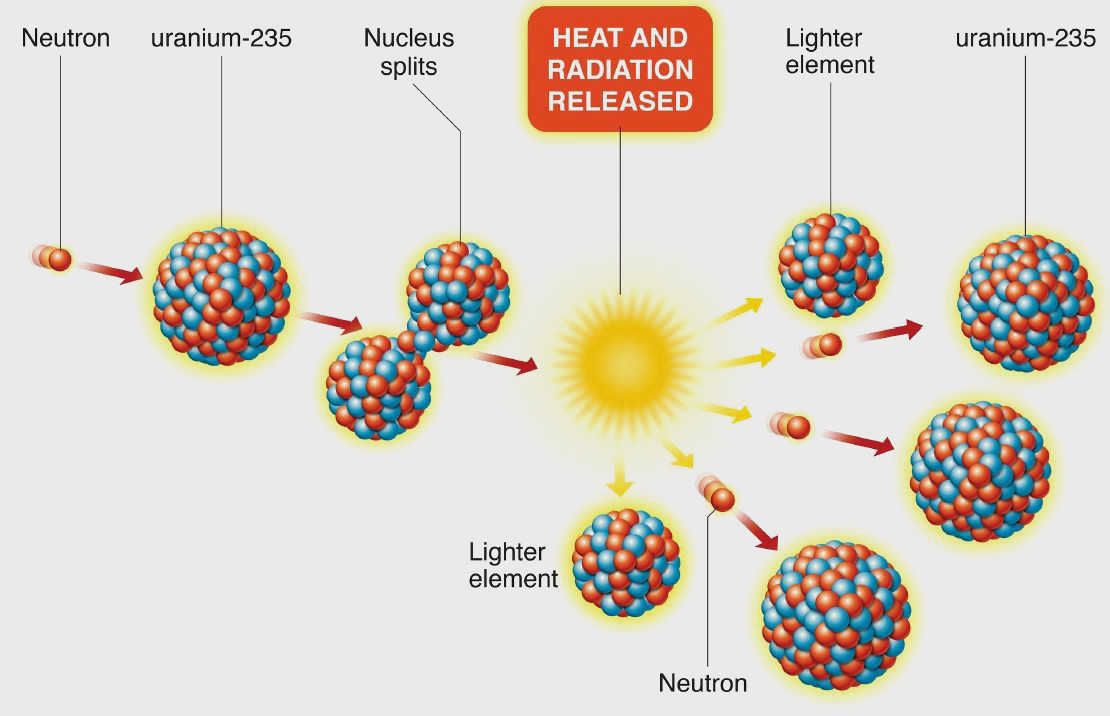
In a nuclear reactor model, the central process it demonstrates is nuclear fission. This occurs when a neutron strikes the nucleus of a heavy atom—such as uranium-235—causing it to split into two smaller atoms. Along with this split, additional neutrons and a large amount of energy are released.
These newly released neutrons can strike other nearby atoms, causing them to split as well. This leads to a chain reaction, where each fission event triggers more reactions, producing a continuous release of energy.
A nuclear reactor model effectively showcases this concept in a safe and controlled way, helping learners visualize how chain reactions are harnessed to generate power in real nuclear reactors.
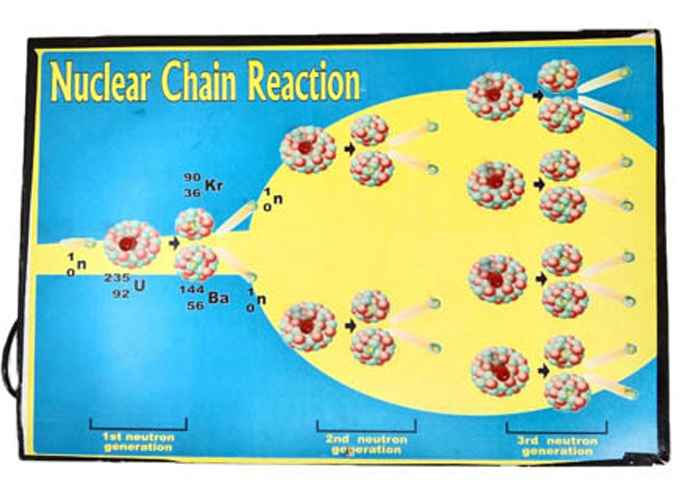
Controlling Nuclear Chain Reactions in a Nuclear Reactor Model
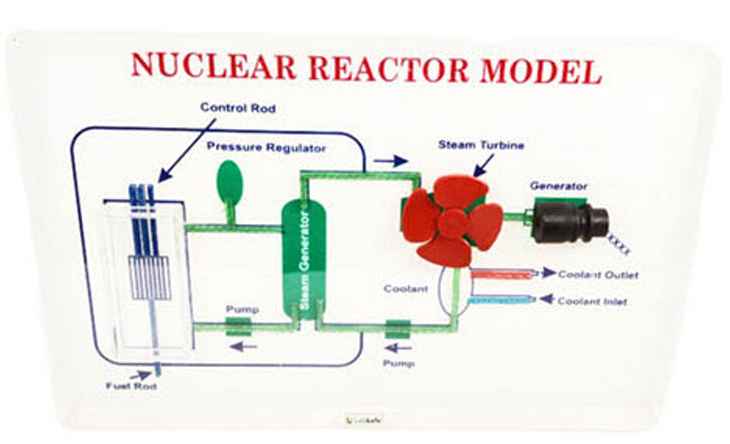
A nuclear reactor model demonstrates how real reactors control the energy released from nuclear fission to ensure safety and efficiency. Here’s how the process works and how it is represented in the model:
- Heat Generation:
- When uranium atoms undergo fission, they release a large amount of heat.
- This heat is carried away by a circulating fluid, usually water.
- When uranium atoms undergo fission, they release a large amount of heat.
- Steam Production and Electricity Generation:
- The heated water turns into steam.
- This steam spins a turbine, which powers a generator to produce electricity.
- The nuclear reactor model shows this conversion from nuclear energy to mechanical energy in a simplified way.
- The heated water turns into steam.
- Fuel and Reactor Core:
- Reactors use uranium as nuclear fuel.
- Uranium is processed into small ceramic pellets and placed into metal tubes called fuel rods.
- These rods are bundled into fuel assemblies.
- A reactor core contains several hundred such assemblies, depending on the power output.
- The nuclear reactor model represents this fuel structure for educational understanding.
- Reactors use uranium as nuclear fuel.
- Coolant and Moderator:
- The fuel rods are submerged in water inside the reactor core.
- Water acts as a coolant, removing heat from the core.
- It also acts as a moderator, slowing down neutrons to sustain the chain reaction.
- The fuel rods are submerged in water inside the reactor core.
- Control Rods:
- To regulate the reaction, reactors use control rods made of neutron-absorbing materials like boron or silver.
- Inserting control rods into the core slows the reaction.
- Withdrawing them speeds it up.
- The nuclear reactor model illustrates how control rods help manage the chain reaction.
- To regulate the reaction, reactors use control rods made of neutron-absorbing materials like boron or silver.
Components of a Nuclear Reactor Model
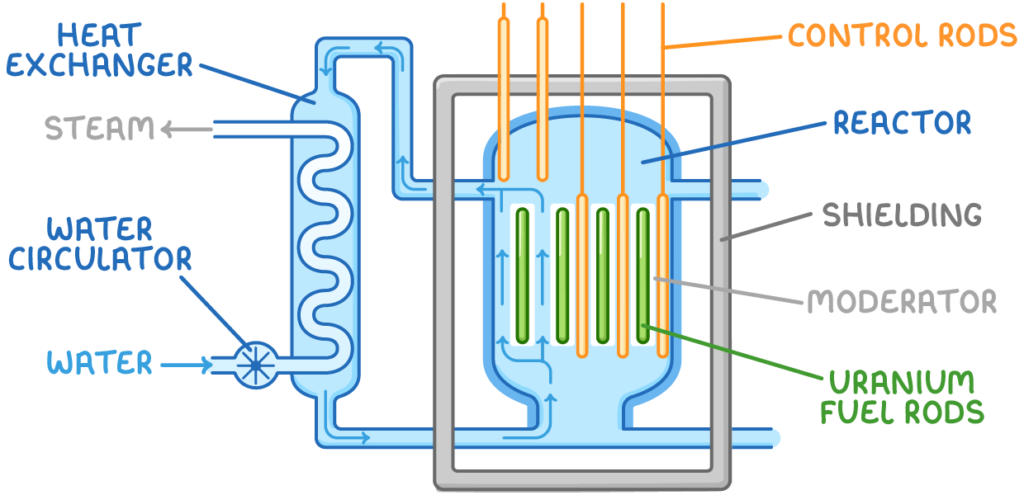
A nuclear reactor model helps us understand the critical parts that make real nuclear reactors function. Each component plays a key role in safely producing and controlling nuclear energy.
Fuel
- The primary fuel used in a nuclear reactor is uranium, typically in the form of uranium oxide (UO₂).
- This fuel is shaped into small ceramic pellets and stacked into fuel rods.
- Multiple rods are grouped together into fuel assemblies, which are then placed in the reactor core.
Moderator
- The moderator is a material in the reactor core that slows down the fast neutrons produced during fission.
- Common moderators include light water, heavy water, or graphite.
Control Rods or Blades
- Control rods are made of neutron-absorbing materials like cadmium, hafnium, or boron.
- They are inserted or withdrawn from the reactor core to regulate the fission reaction.
Coolant
- The coolant is a circulating fluid that removes heat from the reactor core.
- In light water reactors, water often serves both as a moderator and primary coolant.
- Some designs use a secondary coolant circuit, where the heat is transferred to water that becomes steam.
Pressure Vessel or Pressure Tubes
- This component houses the reactor core and coolant.
- Alternatively, pressure tube reactors use individual tubes to hold fuel and move coolant through the surrounding moderator.
Steam Generator
- In pressurized water reactors (PWRs), the steam generator acts as a heat exchanger.
- The primary coolant transfers heat to a secondary loop, which turns water into steam to spin turbines.
- A reactor may have up to six steam generator loops.
Containment Structure
- The containment structure surrounds the reactor and steam system.
- It protects both the reactor from external threats and the environment from any accidental radiation release.
- Usually built with thick concrete and steel, it acts as the final safety barrier.
What is a Nuclear Reactor Model and How is it Used for Teaching?
All parts in the nuclear reactor model are clearly labeled for easy identification and better understanding during demonstrations.
Here are the labeled parts from the Nuclear Reactor Model, along with brief explanations of their functions:
- Fuel Rod
- Contains fissile material (like Uranium-235).
- Undergoes nuclear fission to release heat energy.
- Contains fissile material (like Uranium-235).
- Control Rod
- Made of neutron-absorbing materials (like boron or cadmium).
- Inserted or withdrawn to control the rate of fission and maintain safety.
- Made of neutron-absorbing materials (like boron or cadmium).
- Pressure Regulator
- Maintains the pressure in the reactor to keep the coolant in a liquid state.
- Prevents boiling and ensures efficient heat transfer.
- Maintains the pressure in the reactor to keep the coolant in a liquid state.
- Pump
- Circulates coolant through the system.
- Transfers heat from the reactor core to the steam generator.
- Circulates coolant through the system.
- Steam Generator
- Transfers heat from the coolant to water, converting it into steam.
- The steam drives the turbine.
- Transfers heat from the coolant to water, converting it into steam.
- Steam Turbine
- Rotated by high-pressure steam.
- Converts thermal energy of steam into mechanical energy.
- Rotated by high-pressure steam.
- Generator
- Connected to the turbine.
- Converts mechanical energy into electrical energy.
- Connected to the turbine.
- Coolant
- A fluid (usually water or gas) that absorbs heat from the reactor core.
- Transfers the heat to the steam generator.
- A fluid (usually water or gas) that absorbs heat from the reactor core.
- Coolant Inlet
- Allows the cooled fluid to re-enter the system.
- Maintains continuous circulation.
- Allows the cooled fluid to re-enter the system.
- Coolant Outlet
- Removes heated coolant after it passes through the reactor.
- Sends it to the steam generator for heat exchange.
This model shows how a nuclear power plant operates to generate electricity by transforming nuclear energy into electrical energy using heat transfer, steam turbines, and generators.
How to Use a Nuclear Reactor Model for Classroom Demonstration?
For school demonstrations and classroom teaching, a nuclear reactor model is an effective tool to help students in classes 6 to 10 understand the basics of nuclear fission and the working principle of a nuclear reactor. Since field visits to actual nuclear power plants are often difficult to arrange, expensive, and located in remote areas, they are not always feasible for all students.
Using a nuclear reactor model allows students to easily grasp how a nuclear power plant functions. This hands-on approach improves understanding and engagement, making the model an essential and valuable resource for science teachers who teach middle school students.
Here are a few ways you can use the nuclear reactor model to teach in class:
Step-by-Step Demonstration of a Nuclear Reactor Model and How It Works
Use the nuclear reactor model to guide students through the entire nuclear power generation process. Begin with the fuel rod, explaining how nuclear fission occurs and produces heat. Then, trace the flow of energy as it transfers through the coolant (in this case, water), moves into the steam generator, and finally reaches the turbine and generator. This clear and logical sequence helps students understand how energy transforms from nuclear to electrical form, reinforcing key science concepts through hands-on demonstration.
Role-Play Acting: Students Become the Nuclear Power Plant
Turn the classroom into a functioning nuclear reactor by assigning roles to students. One group can be the fuel rods generating heat, another can be the coolant moving energy, and others can represent the turbine, generator, or control rods. When each student steps up, demonstrates their action through acting and moves around the class, especially like the coolant then the learning becomes lifetime and the children remember this for the rest of their lives!
Using Cause-and-Effect Scenarios with the Nuclear Reactor Model
After completing the step-by-step demonstration, engage students with imaginary problem scenarios to explore cause-and-effect relationships. For example:
- “What might happen if the control rods are fully removed?”
- “If there is a leak in the coolant system, how will it affect the turbine?”
Encourage students to use the nuclear reactor model to explain the possible outcomes. This approach strengthens their analytical thinking and problem-solving skills while deepening their understanding of how real nuclear reactors function under different conditions.
Comparison With Other Sources of Renewable Energy
Place this model beside a thermal or hydro power plant diagram (insert link for other blogs). Show how each uses different sources (coal, water, nuclear fuel) to create steam, but all rely on steam turbines and generators to produce electricity. This helps students connect new knowledge with what they already know.
Introduce Safety Concepts
Focus on the control rods and pressure regulator to teach the importance of safety in nuclear plants. Discuss how control rods absorb neutrons to slow down the reaction and how pressure regulators prevent explosions. Relating this to real-world safety protocols makes the topic more meaningful.
Real-World Connection
After explaining the model, show students pictures or short videos of actual nuclear reactors. Then, ask them to match parts of the real reactor to those in the model. This builds a bridge between theory and real-life application, making abstract concepts significantly tangible.
Mini-Project or Diagram Drawing Test
Ask students to draw in addition to a labelled and simplified version of the nuclear reactor model in their notebooks. Additionally, include tasks like writing a brief explanation for each part. This reinforces the day’s learning, in effect encouraging students to organize and present scientific information.
Group Discussion on Nuclear Power Plants
Divide the class into small groups. Assign each group one part of the model (e.g., steam generator, coolant system, control mechanism). Let them study that section and explain it to the class using the model. This promotes teamwork in addition to peer learning.
Integration of Nuclear Studies With Other Subjects
Use the model to support lessons in multiple disciplines:
- Physics: Discuss energy forms in addition to energy conversions.
- Chemistry: Explain nuclear reactions in addition to isotopes.
- Environmental Science: Debate the advantages and disadvantages of nuclear energy compared to fossil fuels and renewables. This interdisciplinary approach helps students see the broader relevance of what they are learning.
Frequently Asked Questions (FAQ)
What are the different types of nuclear radiation, and how do they differ?
Nuclear radiation mainly includes alpha (α), beta (β), and gamma (γ) radiation. These types differ in composition, penetration power, ionizing ability, and shielding requirements:
- Alpha Radiation (α):
Alpha particles are made up of two protons and two neutrons, similar to a helium nucleus. They are heavily charged and highly ionizing but have very low penetration power. Even a sheet of paper in addition to human skin can stop them. However, they can be dangerous if inhaled or ingested. - Beta Radiation (β):
Beta particles are high-speed electrons (β⁻) or positrons (β⁺) emitted from the nucleus. They are lighter and faster than alpha particles and can penetrate paper but are blocked by materials like plastic or aluminium. Beta radiation is moderately ionizing and poses a greater risk than alpha radiation from an external source. - Gamma Radiation (γ):
Gamma rays are electromagnetic waves (not particles), with no mass and no charge. They are weakly ionizing but have very high penetration power. Gamma rays can pass through the human body and require thick lead or concrete to be stopped. They are often emitted along with alpha or beta particles during radioactive decay.
How to stay safe from nuclear radiation?
These radiations are all emitted by unstable atomic nuclei as they try to become more stable. To stay safe around radioactive materials, we use the principles of time, distance, and shielding, minimizing exposure time, maximizing distance, and using appropriate protective materials.
Each type of radiation has specific uses and hazards, and understanding these differences is essential for safe handling in both medical and industrial applications.
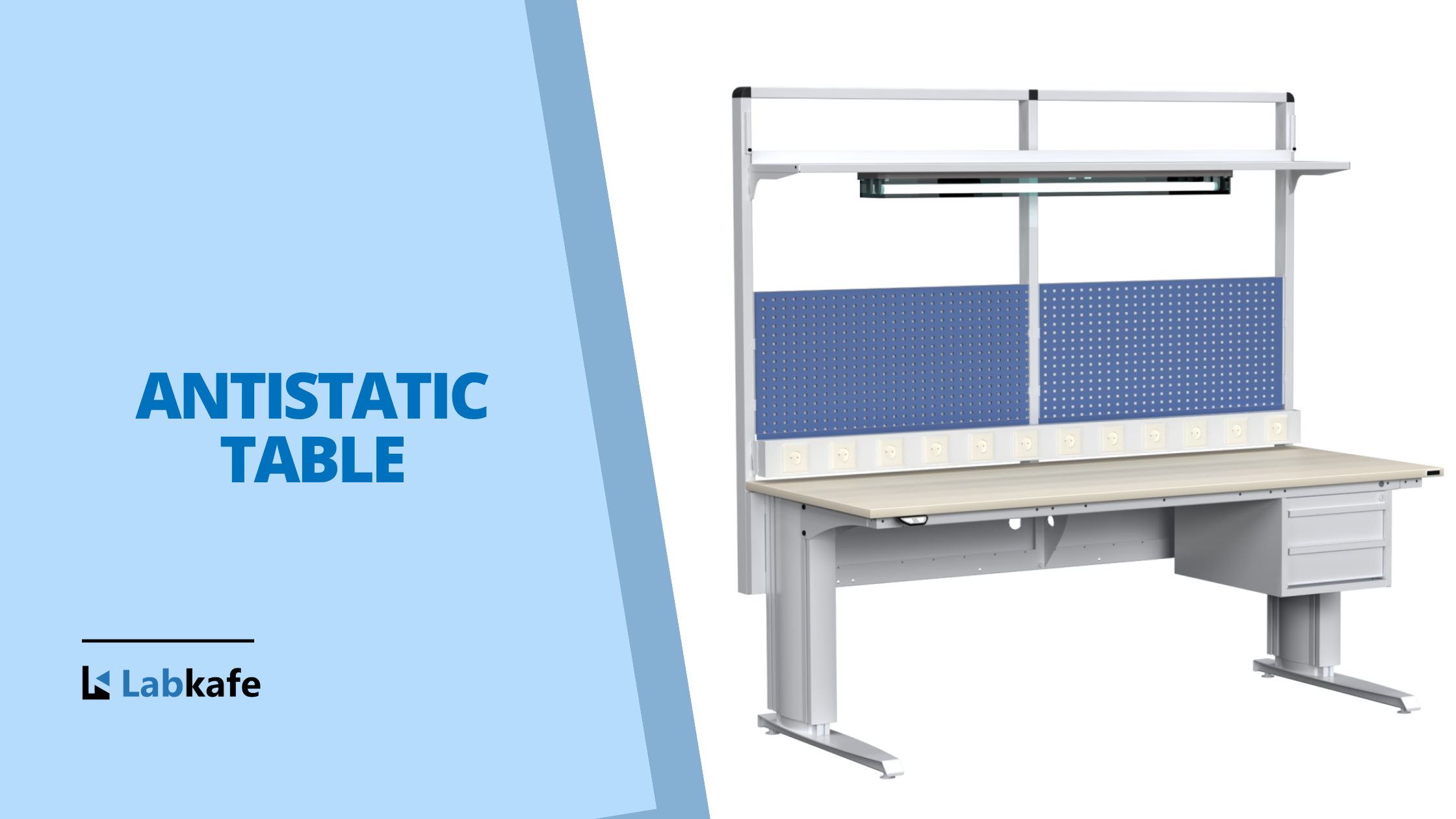
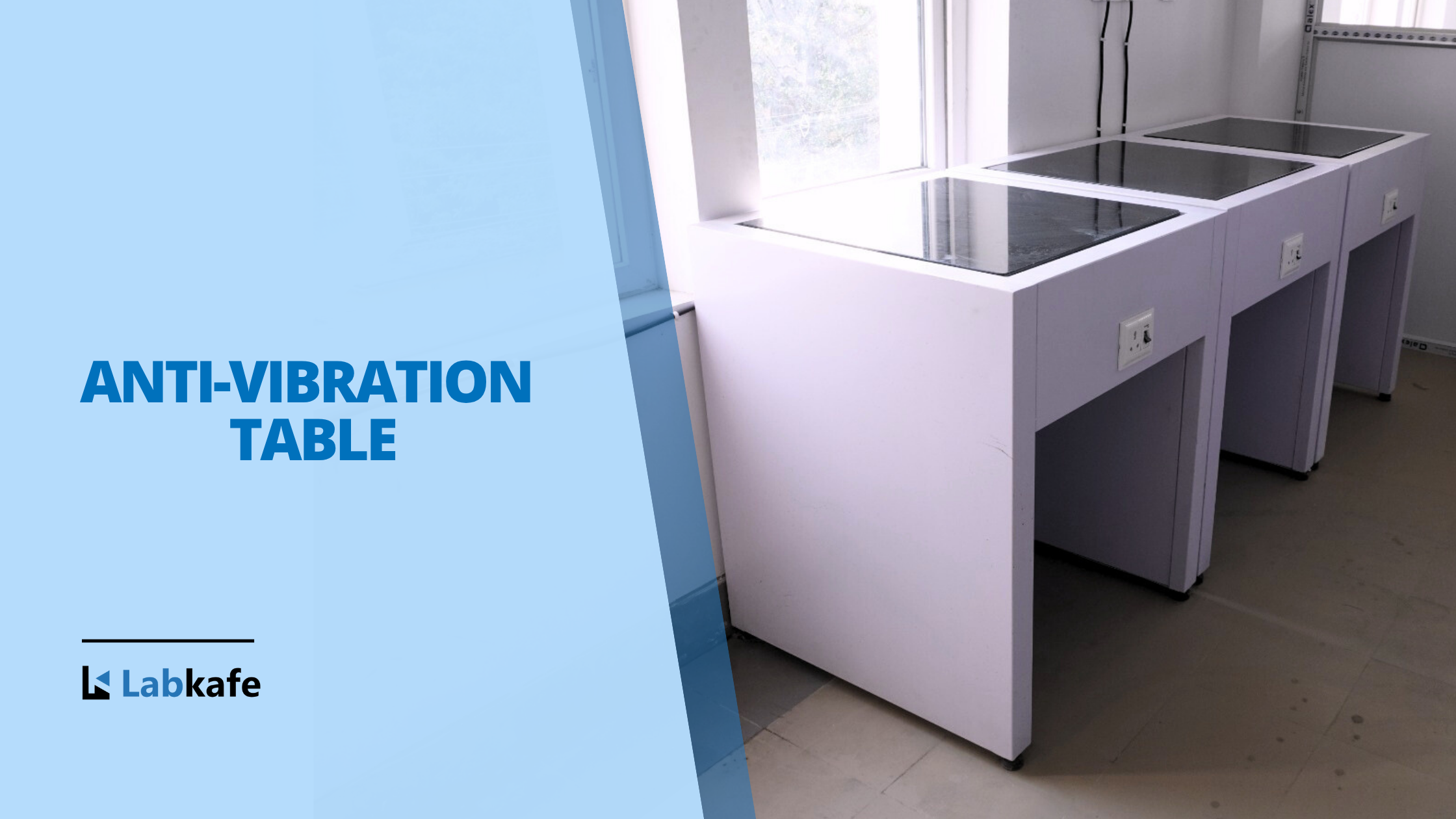

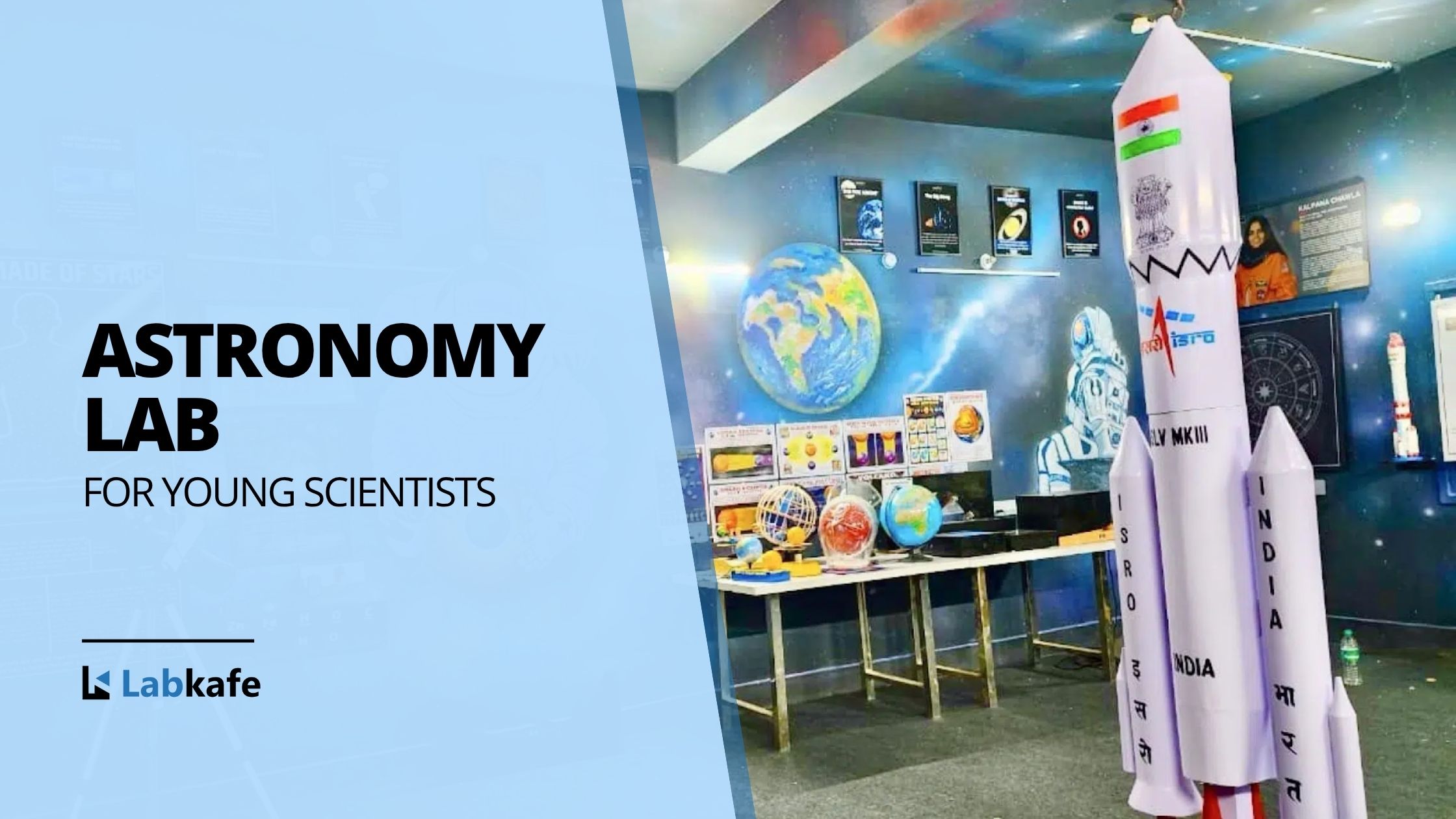
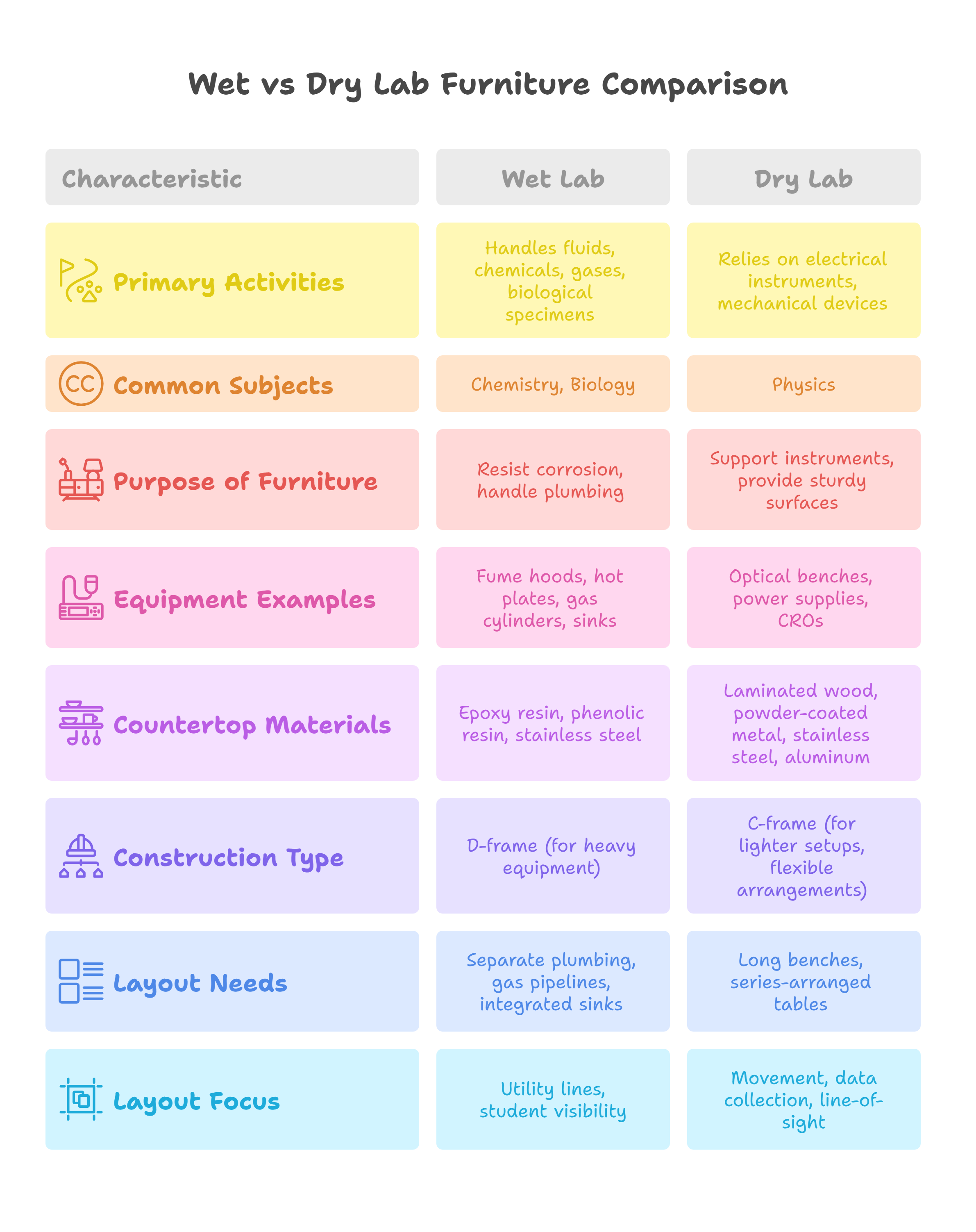
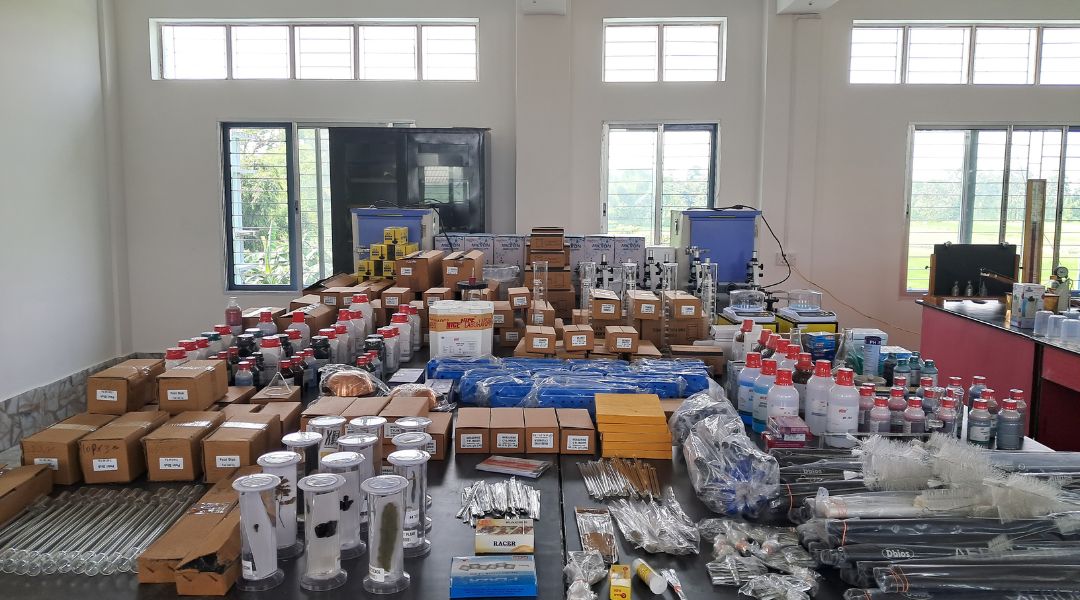
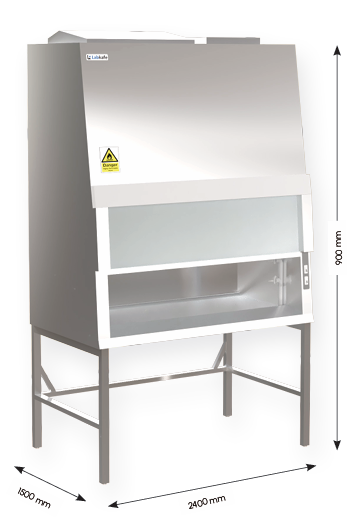
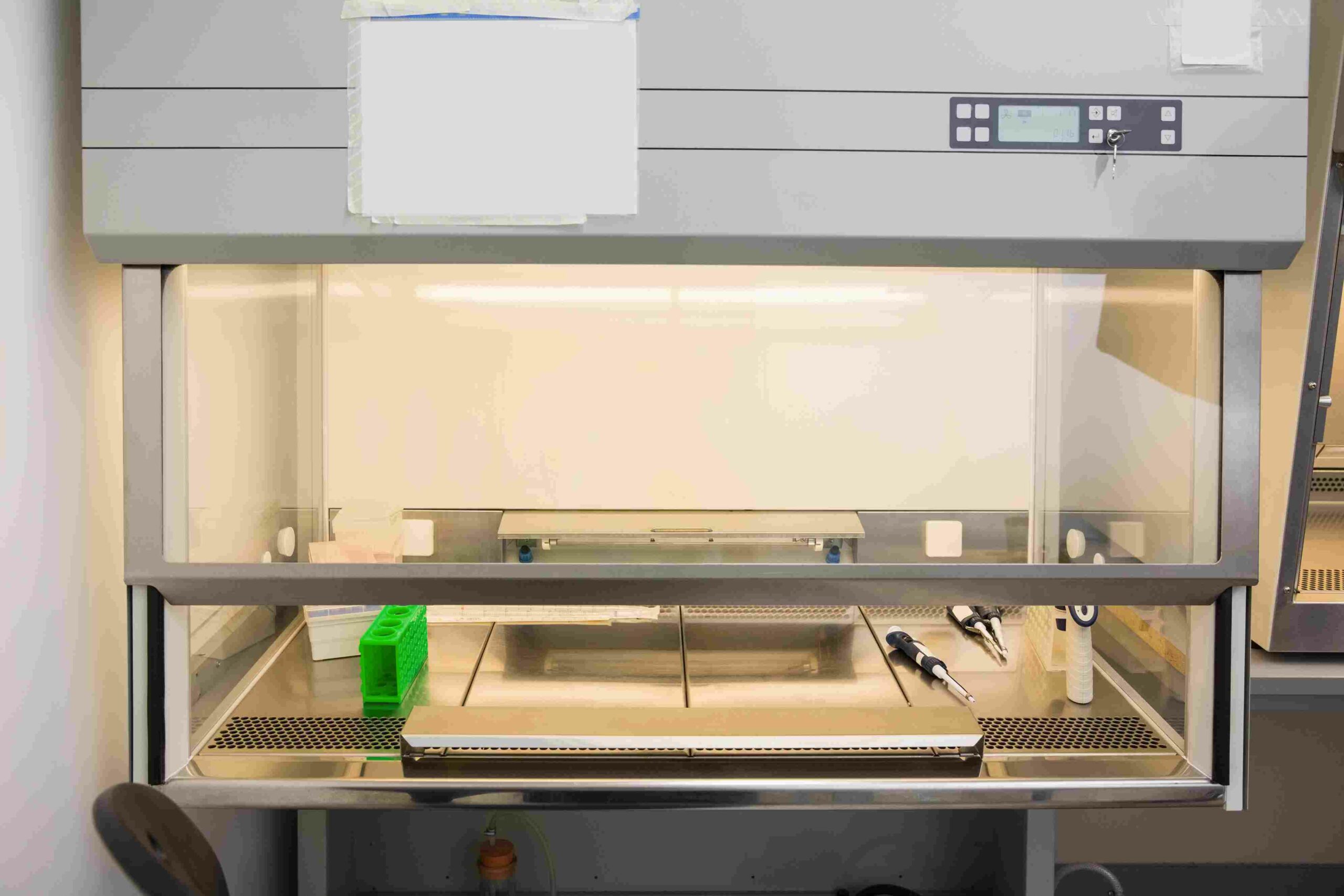
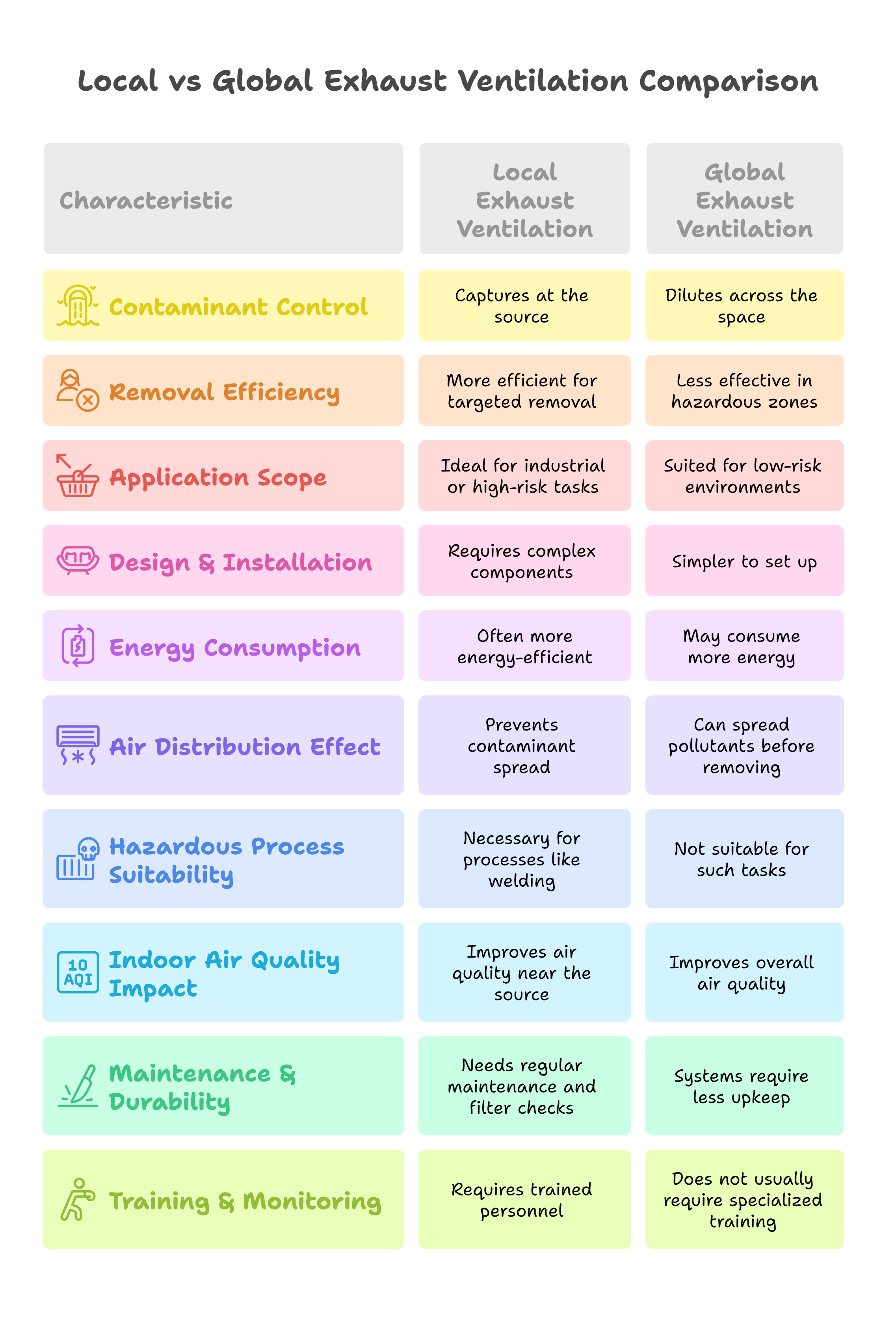
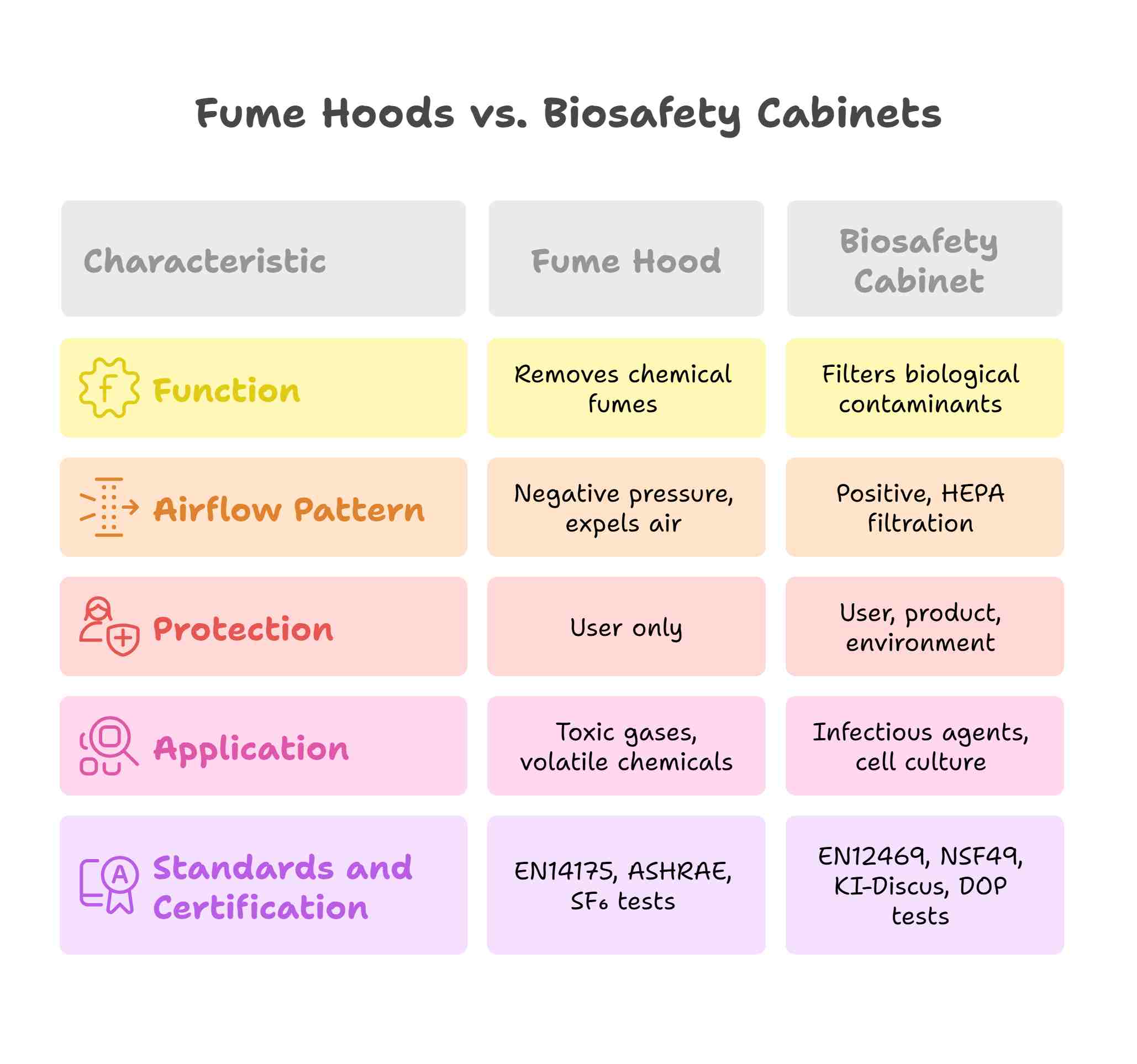
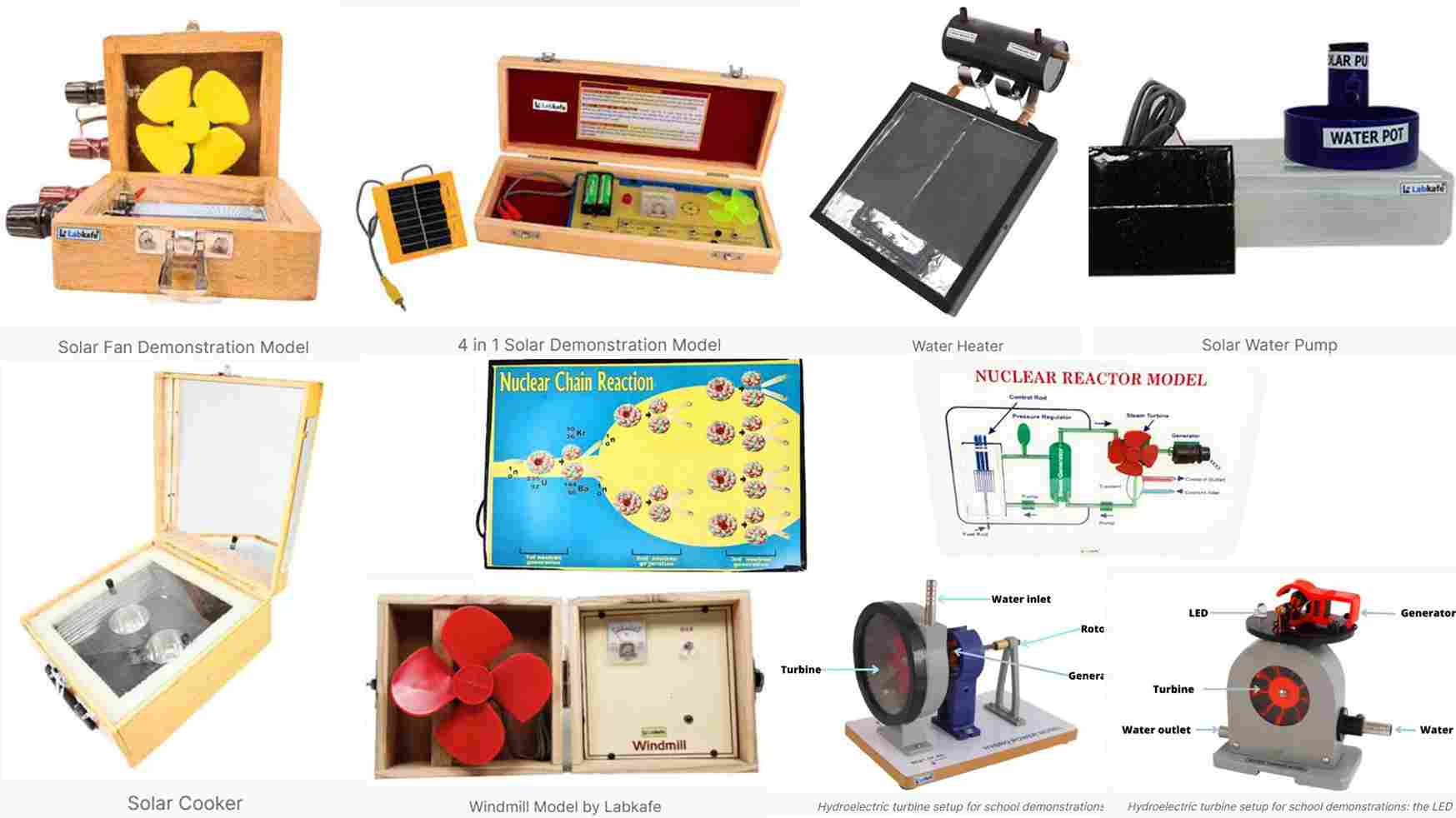
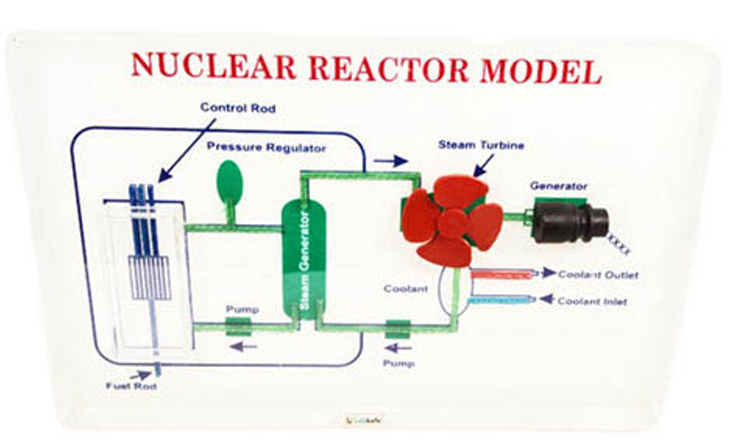
Leave a Reply